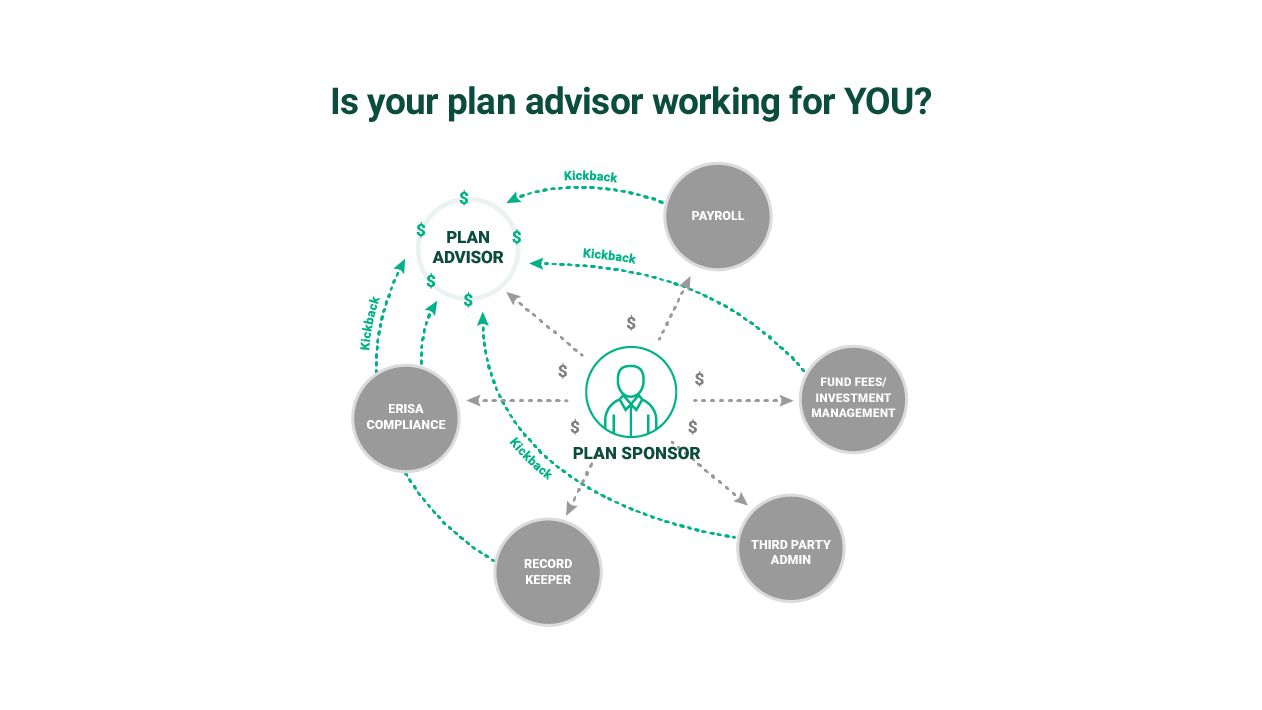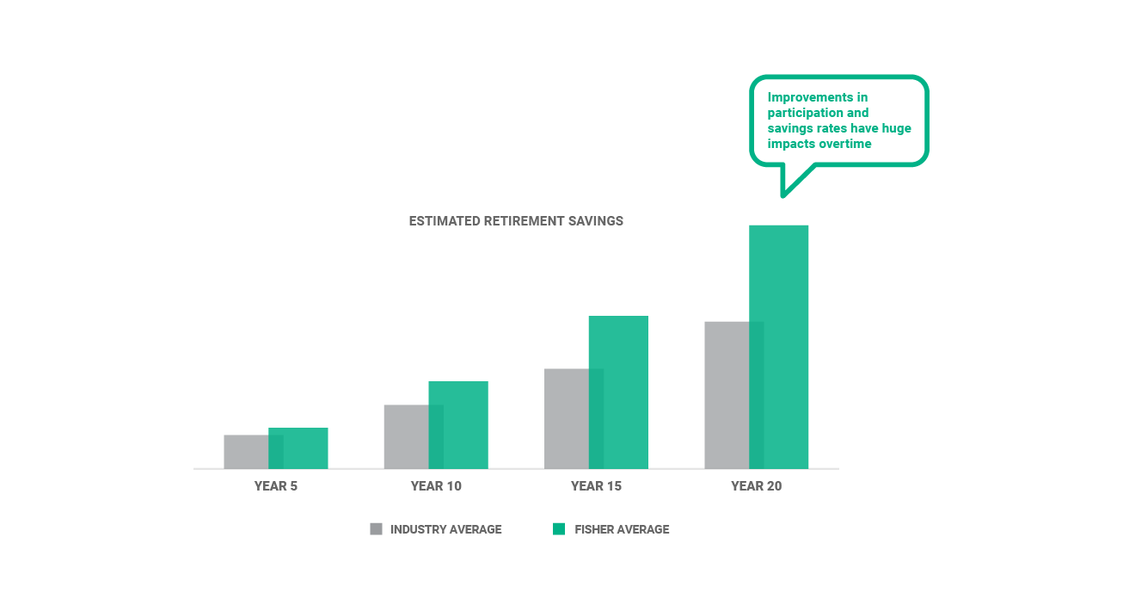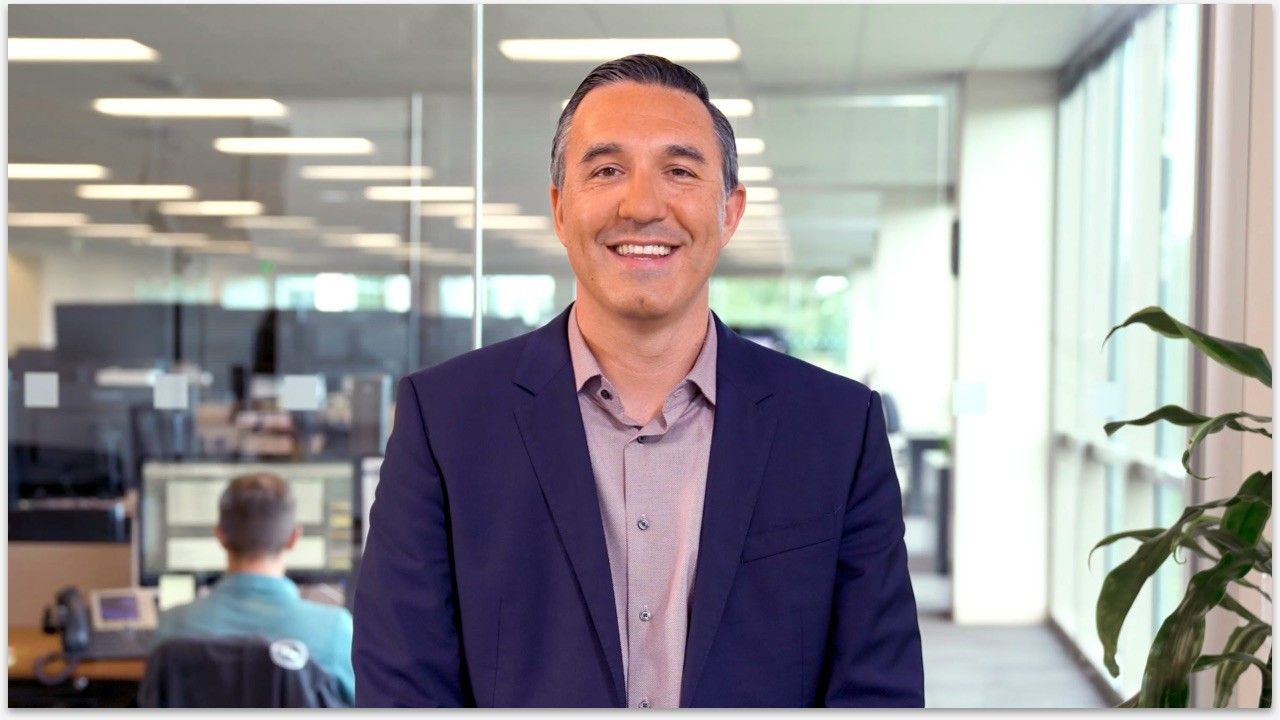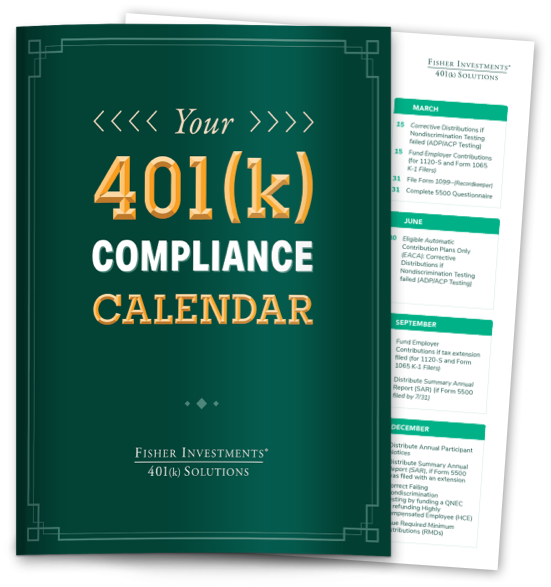Business 401(k) Services / Plan Administration
401(k) Loans FAQs for Employers
What is a 401(k) loan? How are they paid back? This information sheet answers these questions and more and, provides general information about the details and mechanics of 401(k) loans.
What is a 401(k) loan?
A 401(k) loan is an interest bearing loan on a participant’s existing 401(k) balance.
- There are no taxes withheld or penalties assigned when a loan is initially taken.
- Fees may be charged upon loan creation. See the Loan Administration Policy/Program for specific participant loan restrictions and costs.
- 401(k) loans are not reported to credit bureaus.
Are 401(k) loans an optional plan provision?
Yes. Check the Plan Document to confirm whether loans are permitted.
- If loans are permitted, see the Loan Administration Policy/Program for specific parameters.
How much money can be loaned?
The maximum loan amount allowed is 50% of the participant’s vested account balance, or $50,000, whichever one is less.
- Most plans limit the number of concurrent outstanding loans.
- If a participant has more than one loan, the aggregate loan fund balance may not exceed 50% of the vested balance, or $50,000, whichever one is less.
How long can the loan be financed?
The maximum finance period is 5 years. If a plan permits home loans, the finance period may be extended to 10 or 15 years.
How does loan repayment work?
Loan payments are made by payroll deduction after income taxes are withheld.
- Unless otherwise specified, loans can be paid off at any time within the payment schedule.
- Ascensus and Verisight have a minimum payment schedule of 90 days.
- Loan payments are reinvested upon receipt in accordance with the participant’s elections.
What determines the loan interest rate?
The Plan Document Loan Administration Policy/Program states the applicable interest rate.
- The typical loan interest rate is the Prime rate plus (+)1 - 2% at the time the loan is approved.
- The rate is fixed for the life of the loan
- What are loan origination and maintenance fees?
- Loan origination fees are fees deducted from an individual participant’s account when a loan becomes active, or “originates.” Loan maintenance fees are costs charged by the recordkeeper or third party administrator for supporting the loan.
- Fees vary. Check the appropriate fee schedule for more information.
What happens when a participant is late on a payment, misses a payment or employment is terminated?
- Late or missed loan payments should be paid in a timely manner to avoid default, taxation and penalties.
- Defaulted loans are subject to an additional 10% excise tax if the participant is under age 59½.
- Upon termination, the outstanding loan balance becomes due.
- If not repaid promptly, the loan will be considered in default and may be deemed a taxable distribution to the participant.
What is a loan fund?
A loan fund is the money removed from the 401(k) account and loaned to a participant.
- This debt is considered a plan asset. However, it is not invested in the market.
- A loan fund impacts account performance as the money may not be earning returns equal to the market and instead earns only a fixed, short-term interest rate.
What is a hardship withdrawal?
A hardship withdrawal is a participant in-service withdrawal taken to satisfy an immediate and heavy financial need. Participants must apply for a loan before they can take a hardship withdrawal.
When would a participant take a hardship withdrawal instead of a loan?
A hardship withdrawal application may be permitted if a loan repayment will cause a significant hardship. See the distribution handout for specific qualifying expenses.
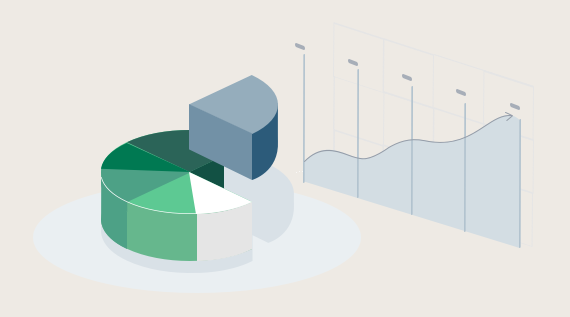
See our Business 401(k) Insights
Resources and articles to help your business with retirement plan support, optimization and administration.

